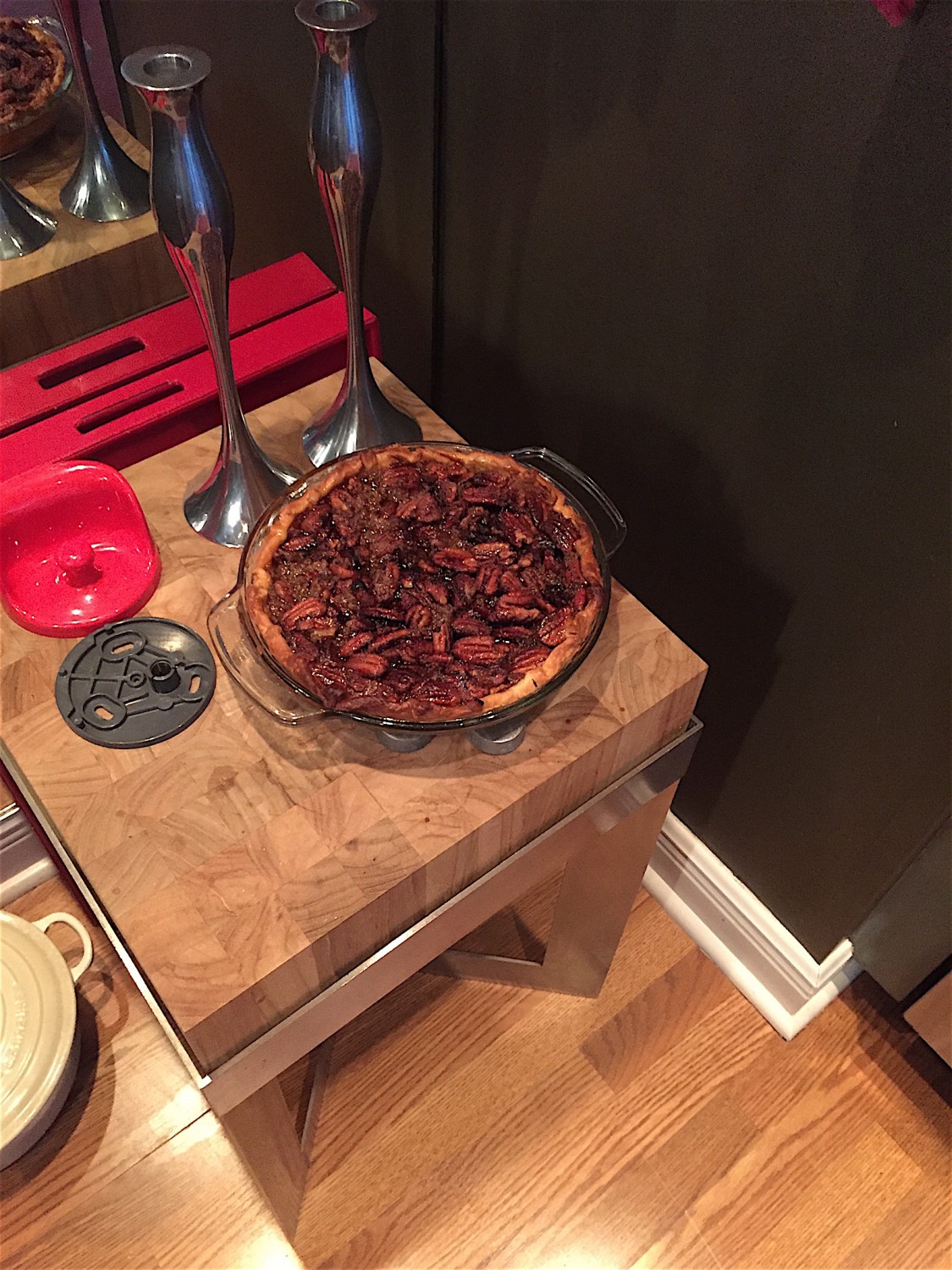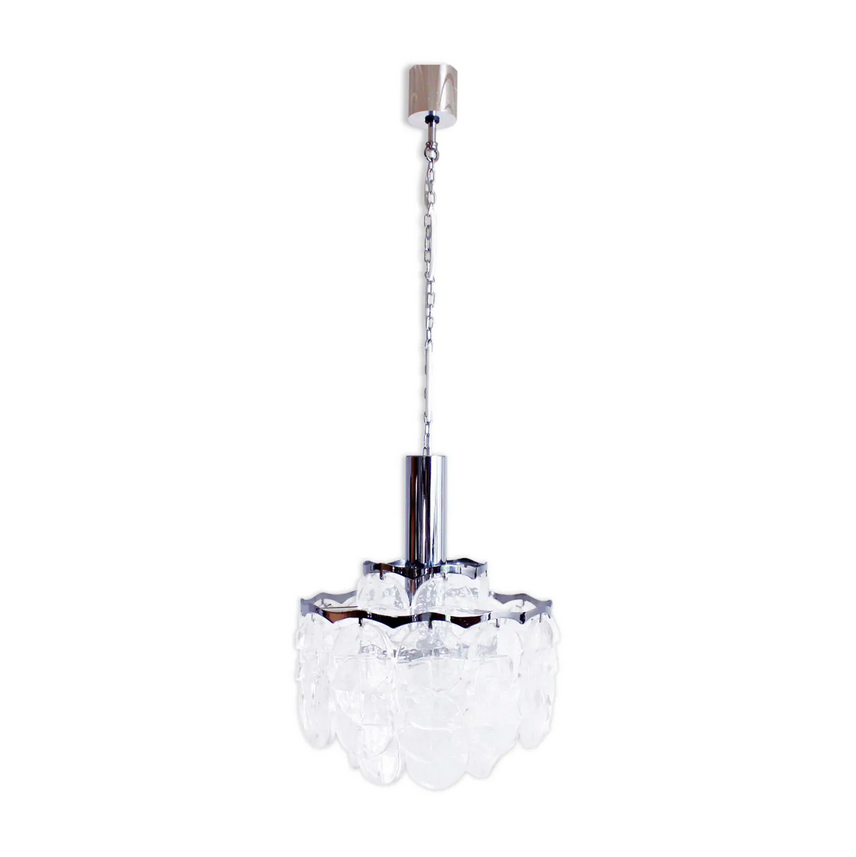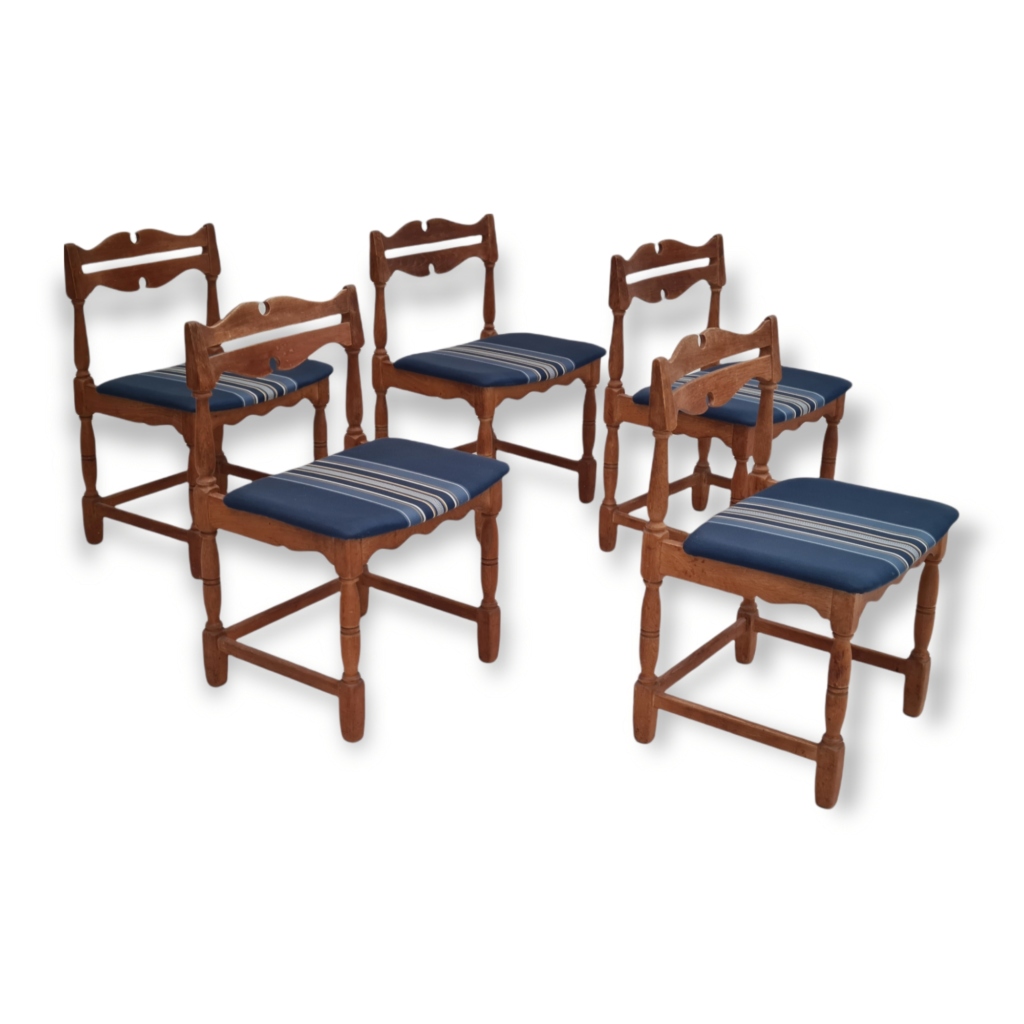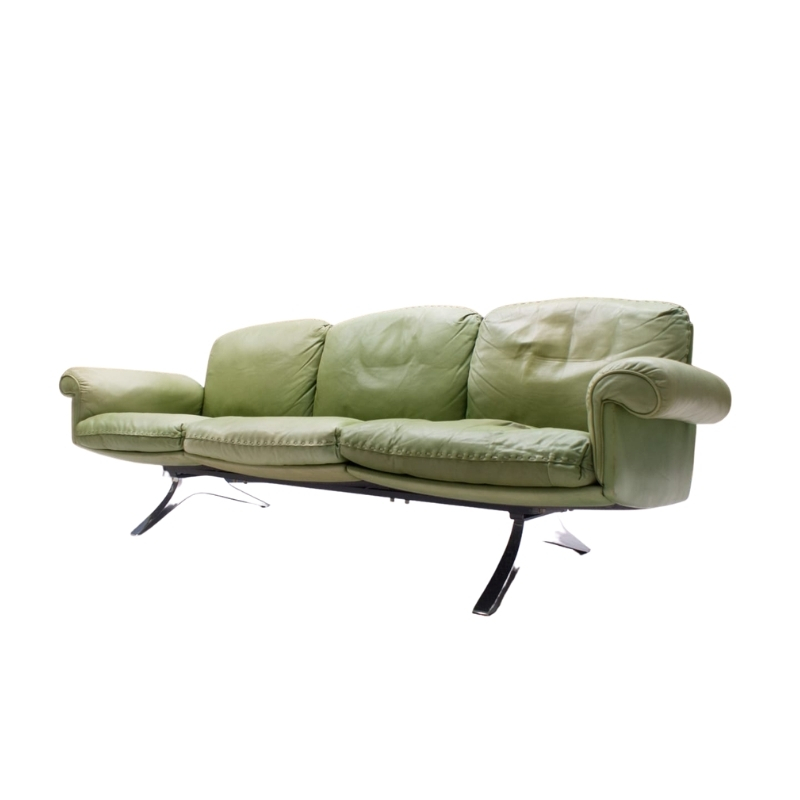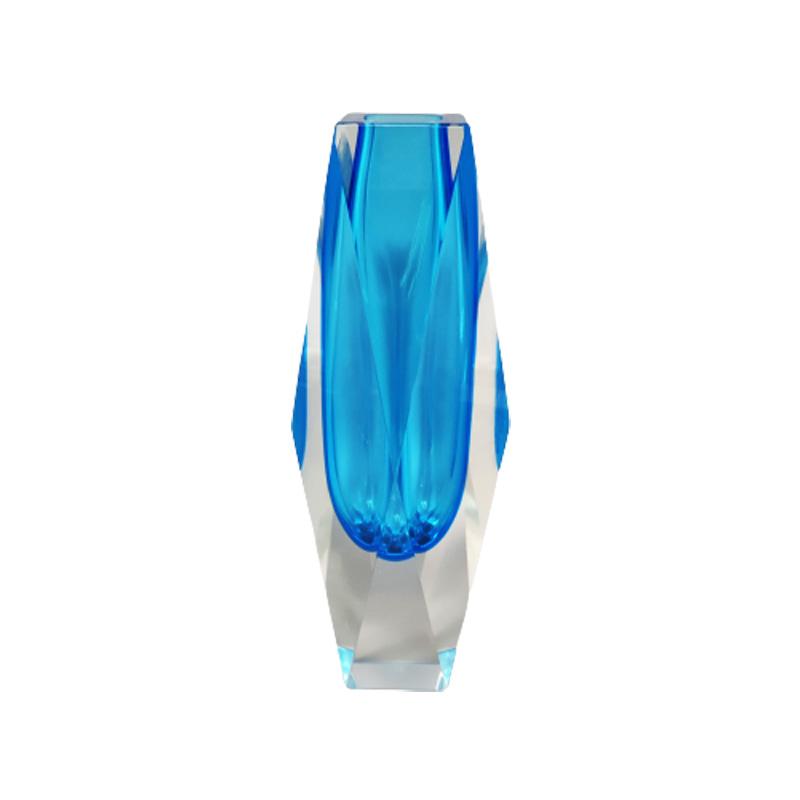I have had this desk for years, in fact it was originally my dads desk.
I have always wondered who designed it and who made it. I have not been able to find any production marks/stickers on it.
It is a mix of teak and mahogany (I think). The left side has a leaf that can be dropped / hung at the side. The right is a roll top file cabinet and a little drawer at the bottom. Underneath there are 2 brass bars that tie into the legs / support beams.
I dont have a matching chair for it. I think that once there was a MCM chair with black leather. Over the years it got worn out and went missing into the trash (I wish that didn't happen).
At the end of the day can anyone help ?
Thanks
Hans
PS - I have attached pics to help in the ID - sorry for the mess on the desk top.  <img class="wpforo-default-image
<img class="wpforo-default-image
I'm going to take a stab in the dark and guess it's Canadian made based on:
1. assumption you are in Canada (based upon the passports),
2. there were a few mid century Canadian manufacturers that made pieces in the Danish style with teak (US used mostly walnut for non-stained dark woods).
3. some details and joints don't look very Scandinavian to me, not to mentioned the overall design.
4. with apologies to Mark, I am probably wrong.
I'll try to answer / provide information....
The drawer box is not dove tailed or box jointed. Just a single joint the length of the material. The drawer front is solid wood the front and inside are a veneer. I have attached some pics. The front veneer matches the front of the cabinet & the inside veneer matches the inside of the drawer (lighter color). The top / bottom & sides seem to be solid wood.
I can't rule out that its Canadian, BUT, my dad would have purchased this in the 60's at that time he was living in San Jose, California - so I can only guess it was purchased somewhere close by (California). Hes the American & mom is the Canadian - we moved to Canada way after that. On an aside, dad had other MCM office furnature by WIlliam Watting (which I still have), so I kinda doubt the desk is Canadian.
Still thinking. I'd be curious to see more photos. I find this desk fascinating because you don't really know something until you've found the edges of it. There's a joke that an old fish swims by a pair of young ones, and says, "mornin' boys, how's the water". A few minutes later one young fish says to the other, "what the hell is water?"
I think that what cdsilva is saying about it being Canadian is that something about it feels not Danish. Details like how a drawer is made are very telling, and that drawer is not likely Danish. I think it is possible it is from The Netherlands, Germany, Belgium, Norway, maybe Sweden. Canada could also fit on that list. Someplace where they might have done it a bit different, in the aesthetics, and the joinery.
One other mystery about it is that dark woods were popular, so it is not overly common to see natural oak used as a primary visible wood. Usually the use of oak and teak like this is actually a statement of the designer's confidence. For example a couple of the most famous Danish designers had quite a few designs made in a teak/oak combination like this. Yet we can be very certain this is not one of their designs.
It is a conundrum.
It's a beautiful desk, in my opinion. I like the balance between the extension leaf and the box of drawers
and the combination of teak & oak is very nice on the eye.
I don't see this being belgian or dutch, as the combination in woods is not common.
Wilkahn in Germany did have some designs with this combination, by Hartmut Lohmeyer,
but the shapes and lines are completely different.
Your design is far more bulky, confident & scandinavian.
In that view: maybe it isn't danish, but could it be swedish or norwegian.
There are examples of combinations in wood from these country too.
And I believe drawers and such were often done in a more economical style, there.
(presumably to be competitive with their neighbor denmark)
You folks are far better versed in the ways of northern European cabinetmaking than I am, but that drawer construction is just so odd. It's almost as if the maker had no training in traditional joinery at all. A solid oak drawer front with cross-grain teak veneer on one face and birch(?) on the other? I've never seen anything like it before. Same goes for the leg-to-top attachment. Ingenious!
Is it possible that the file/drawer cabinet is a later addition?
The desk you see was how it came home from the store (I asked mom).
I have taken a few more pics in case it helps someone....
Pic1 - The corner of the desk and the leaf. Rounded edges and not a veneer as noticed by the line on the corner.
Pic2 - The hinge for the leaf.
Pic3 - The track where a sliding piece rests to hold up the leaf.
Pic4 - A mount that holds the top onto the undercarriage.
Pic5 - The mount that holds the leg to the top.


If you need any help, please contact us at – info@designaddict.com









